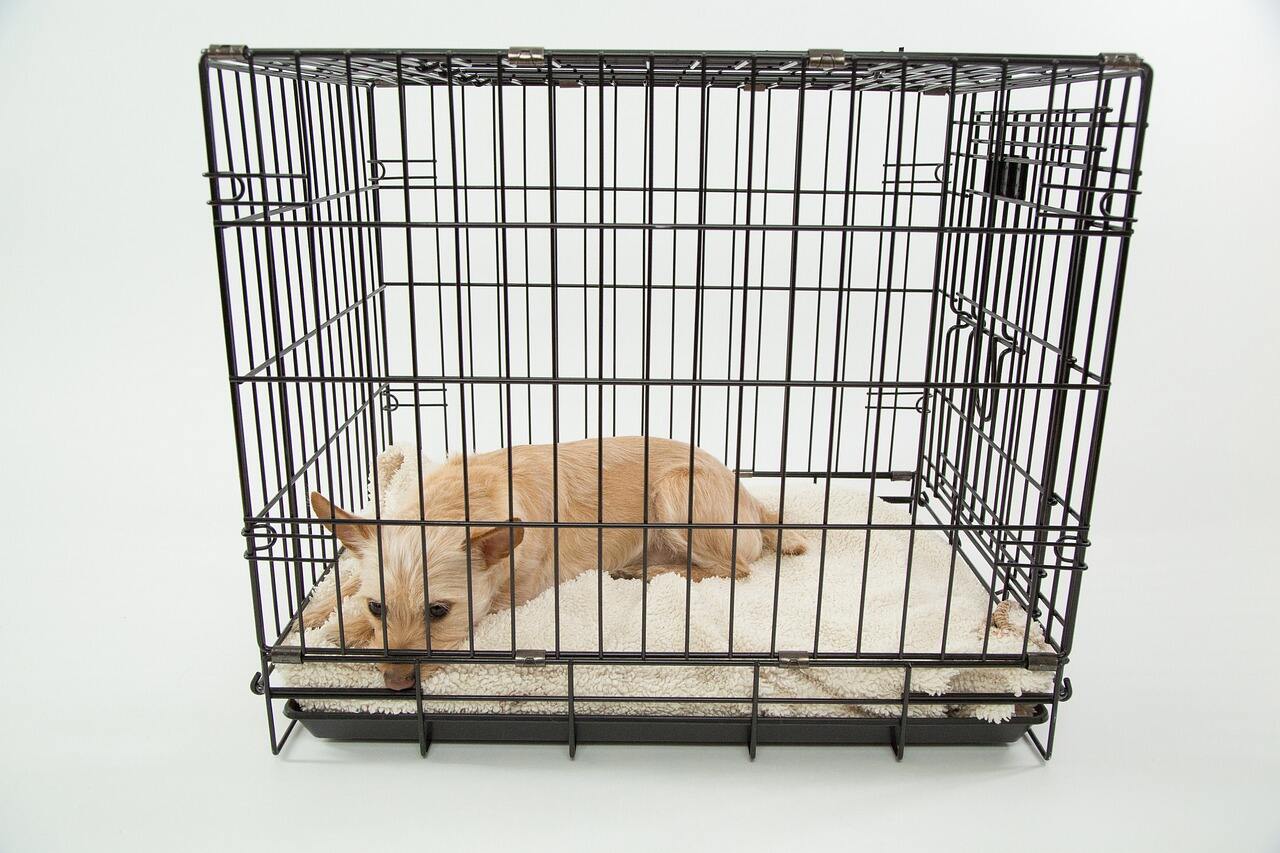يتطور مجال أبحاث الحيوانات المعملية بسرعة كبيرة، وتصنّع أقفاص الفئران حسب الطلب (ODM) أقفاص الفئران في طليعة هذا التحول. إن هذه الحلول السكنية القابلة للتخصيص تُحدث ثورة في الطريقة التي تتبعها المرافق البحثية في رعاية الحيوانات، والبروتوكولات التجريبية، والكفاءة التشغيلية. ومع تنامي تعقيد متطلبات الأبحاث، أصبحت الحاجة إلى أنظمة سكنية متخصصة وقابلة للتكيف للفئران أكثر إلحاحًا من أي وقت مضى.
تواجه المختبرات الحديثة تحديات فريدة في الحفاظ على الظروف المثلى لمواضيع أبحاثها، مع ضمان الامتثال للمتطلبات التنظيمية الصارمة. تُعالج قفص الفئران ODM هذه التحديات من خلال تقديم حلول مخصصة تلبي الاحتياجات البحثية المحددة مع الحفاظ على أعلى معايير رفاه الحيوان.
تدمج قفص الفئران ODM عناصر تصميم متطورة تُعطي أولوية لرفاه الحيوان وكفاءة البحث. تضمن أنظمة التهوية المبتكرة تدفق هواء مناسب مع الحفاظ على مستويات حرارة ورطوبة مثالية. كما توفر المواد المتقدمة المستخدمة في التصنيع متانة فائقة مع بقائها شفافة لمراقبة سهلة لمواضيع الحيوان.
تتميز هذه القفص بعناصر تصميم مريحة تُسهل التعامل معها والصيانة. وتحمي آليات القفل الآمنة من الهروب، مع السماح بالوصول السريع للتغذية والمراقبة. بالإضافة إلى ذلك، فإن الطبيعة الوحداتية لأقفاص الفئران من نوع ODM تتيح الاستخدام الفعال للمساحة في البيئات المعملية.
تكمن القوة الحقيقية لأقفاص الفئران من نوع ODM في إمكانية تخصيصها. يمكن للمعامل تحديد الأبعاد الدقيقة ومتطلبات التهوية وتكوينات الملحقات بما يتناسب مع بروتوكولات أبحاثها. ويمتد هذا المرونة إلى اختيار مواد معينة تكون متوافقة مع طرق التعقيم المختلفة ومقاومة للمواد الكيميائية المستخدمة بشكل شائع في المعامل.
قد تشمل الميزات المخصصة أنظمة تغذية متخصصة، وخيارات لتحسين البيئة، وإمكانيات الرصد. تضمن هذه التكيفات أن تكون المرافق البحثية قادرة على الحفاظ على الظروف المثلى لمختلف البروتوكولات التجريبية مع الالتزام بإرشادات رعاية الحيوانات.

تحسّن أقفاص الفئران ODM جودة نتائج الأبحاث بشكل كبير من خلال التحكم المتفوق في البيئة والتوحيد القياسي. تساعد الظروف الحياتية المتماسكة التي توفرها هذه الأقفاص في تقليل العوامل المتغيرة التي قد تؤثر على النتائج التجريبية. يمكن للباحثين الحفاظ على تحكم دقيق في درجة الحرارة والرطوبة وجودة الهواء، مما يضمن جمع بيانات أكثر موثوقية.
كما تمكّن الرؤية الأفضل والوصول الأسهل إلى هذه الأقفاص من رصد أفضل لسلوك الحيوانات وحالتها الصحية. ويؤدي هذا القدرة الرصدية المحسّنة إلى الكشف المبكر عن أي مشكلات قد تؤثر على صلاحية البحث.
إن تنفيذ أقفاص الفئران ODM يُحسّن عمليات المختبر اليومية. ويقلل تصميمها الفعّال من الوقت اللازم للتنظيف والصيانة، ما يسمح للموظفين بالتركيز على مهام بحثية أكثر أهمية. كما أن متانة هذه الأقفاص تعني تكاليف استبدال أقل وانخفاضاً في فترات التوقف.
تُسهّل ميزات التصميم الذكية التعامل بشكل أسهل أثناء الإجراءات التجريبية، مما يقلل من التوتر على الحيوانات وموظفي المختبر على حد سواء. كما أن المكونات القياسية والطبيعة الوحداتية لهذه القفص تُبسّط إدارة الجرد والتخزين.
رغم أن الاستثمار الأولي في قفص الفأر المصممة حسب الطلب (ODM) قد يكون أعلى من الخيارات التقليدية، فإن الفوائد المالية طويلة الأجل كبيرة. وتضمن المتانة الفائقة ومقاومة التآكل عمرًا تشغيليًا أطول، مما يقلل من تكرار الاستبدال. كما يؤدي الكفاءة العالية في العمليات اليومية إلى توفير كبير في تكاليف العمل على المدى الطويل.
كما أن طبيعة هذه القفص القابلة للتخصيص تعني أن المختبرات يمكنها تجنب الاستثمار في أنظمة إسكان متعددة متخصصة، حيث يمكن لحل واحد قابل للتكيف أن يلبي احتياجات بحثية مختلفة. ويوفّر هذا التعددية قيمة ممتازة للمراكز البحثية التي لديها متطلبات تجريبية متنوعة.
تساهم أقفاص الفئران الخاصة بالتصنيع حسب الطلب (ODM) في إدارة أفضل للموارد من خلال تحسين استخدام المساحة وتقليل الهدر. ويُعد التصميم الفعّال لهذه الأقفاص عاملًا في الاستفادة القصوى من المساحة المتوفرة في المختبرات، مع تقليل الموارد اللازمة للصيانة والتشغيل. كما أن القدرة على تخصيص تشكيلات الأقفاص تساعد في تحسين استخدام المساحات القيمة داخل المختبرات.
تتميز أقفاص الفئران الحديثة الخاصة بالتصنيع حسب الطلب (ODM) بخصائص كفاءة الطاقة، مثل أنظمة التهوية المحسّنة وإدارة الحرارة، والتي تساهم في تقليل تكاليف المرافق. وعند دمج هذه التوفيرات مع تقليل هدر المواد بفضل دورة حياة المنتج الأطول، فإن ذلك يشكل حجة اقتصادية قوية لاعتماد هذه الأقفاص.
يتمثّل مستقبل أقفاص الفئران الخاصة بالتصنيع حسب الطلب (ODM) في التكامل التكنولوجي المعزز. وتشمل التطورات الناشئة أنظمة مراقبة ذكية يمكنها تتبع الظروف البيئية وسلوك الحيوانات وحالة القفص في الوقت الفعلي. وستمكّن هذه التطورات من التحكم بدقة أكبر في ظروف البحث، وتحسين توثيق المعايير التجريبية.
ستُسهّل دمج أنظمة إدارة المختبرات جمع البيانات وتحليلها، مما يوفّر للباحثين رؤى قيّمة حول دراساتهم. كما ستساهم الأنظمة الآلية لمراقبة والصيانة في تقليل العبء اليدوي على موظفي المختبر بشكل أكبر.
تُسهم الاعتبارات البيئية في دفع عجلة الابتكار في تصميم أقفاص الفئران الخاصة بـ ODM. ويستكشف المصنعون مواد وطرق إنتاج صديقة للبيئة مع الحفاظ على المعايير العالية المطلوبة للاستخدام في المختبرات. وتُصبح الميزات الموفرة للطاقة والمكونات القابلة لإعادة التدوير أكثر أهميةً باطراد في التصاميم الجديدة للأقفاص.
يمتد التركيز على الاستدامة إلى تطوير حلول تقلل من الهدر وتحدد الأثر البيئي طوال دورة حياة المنتج. وتماشي هذه التطورات مع التزايد المستمر في التركيز على ممارسات المختبرات المستدامة عبر قطاع الأبحاث.
توفر أقفاص الفئران المصنعة بموجب طلب التصميم الأصلي (ODM) ميزات قابلة للتخصيص ومواد عالية الجودة وعناصر تصميم متقدمة يمكن تكييفها حسب الاحتياجات البحثية المحددة. وعادةً ما توفر هذه الأقفاص تهوية أفضل وسهولة في الصيانة وقدرات رصد محسّنة مقارنة بالأقفاص القياسية.
توفر هذه الأقفاص ظروفًا بيئية أكثر اتساقًا والتحكم بشكل أفضل بالمتغيرات التي قد تؤثر على نتائج الأبحاث. وتتيح ميزات التصميم فيها رصدًا وتوثيقًا أكثر دقة للظروف التجريبية، مما يؤدي إلى نتائج أكثر موثوقية.
تشمل العوامل الرئيسية المتطلبات البحثية المحددة، وقيود المساحة في المرفق، وبروتوكولات الصيانة، وآثار التكلفة طويلة الأمد. ومن المهم أيضًا مراعاة التوافق مع المعدات الحالية، وطرق التعقيم، ومتطلبات الامتثال التنظيمي.
تم تصميم هذه القفص مع مراعاة رفاه الحيوان، وتشمل ميزاتها تهوية مناسبة، ومساحات معيشة مريحة، وخيارات لتحسين البيئة. ويقلل التصميم من الإجهاد الذي يصيب الحيوانات أثناء التعامل معها، ويحافظ على ظروف معيشية مثالية للحيوانات المستخدمة في الأبحاث.
 أخبار ساخنة
أخبار ساخنة2024-05-27
2024-05-27
2024-05-27

حقوق النشر © 2024 شركة Top Trust Biotechnology المحدودة لجميع الحقوق محفوظة سياسة الخصوصية